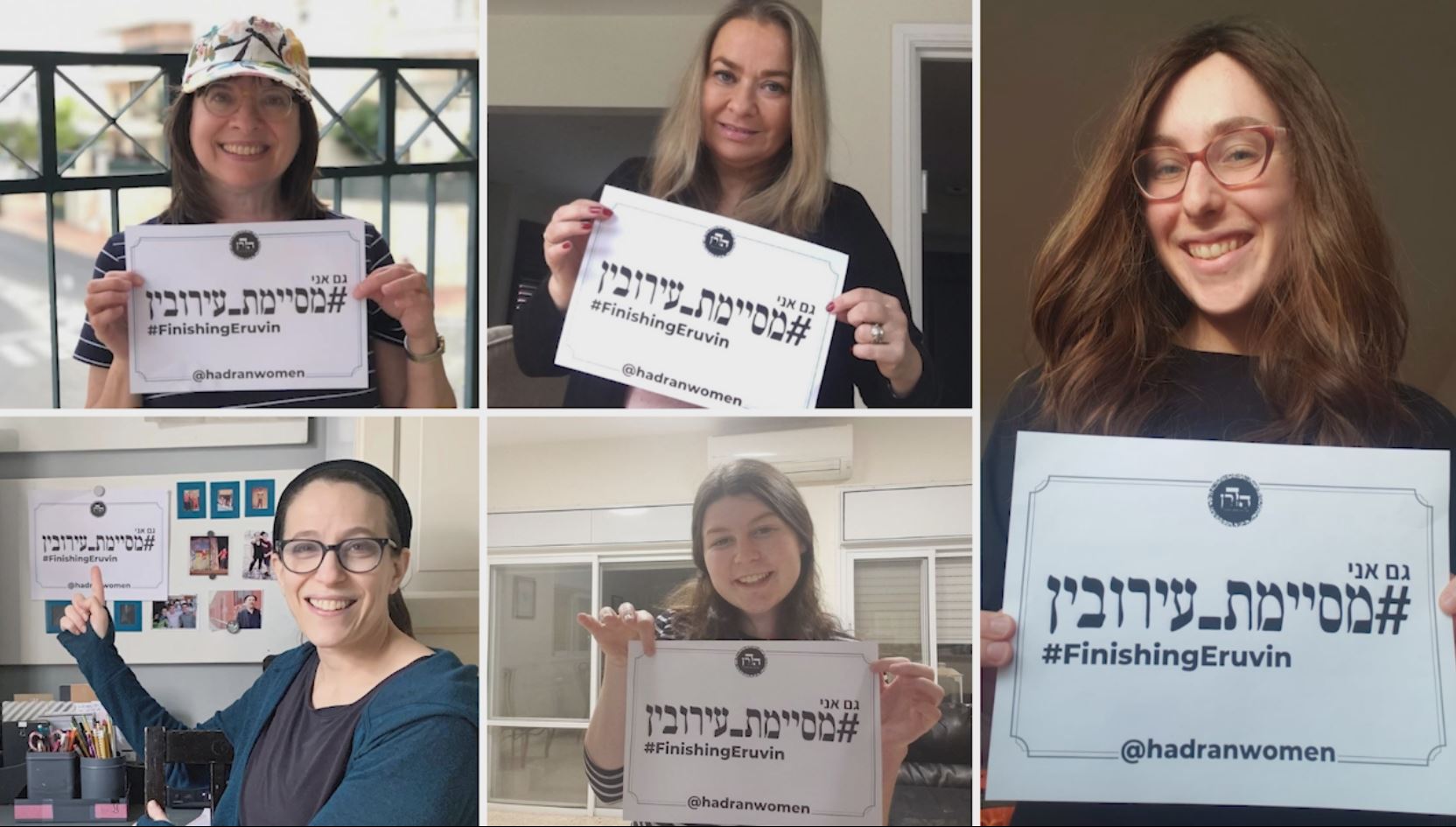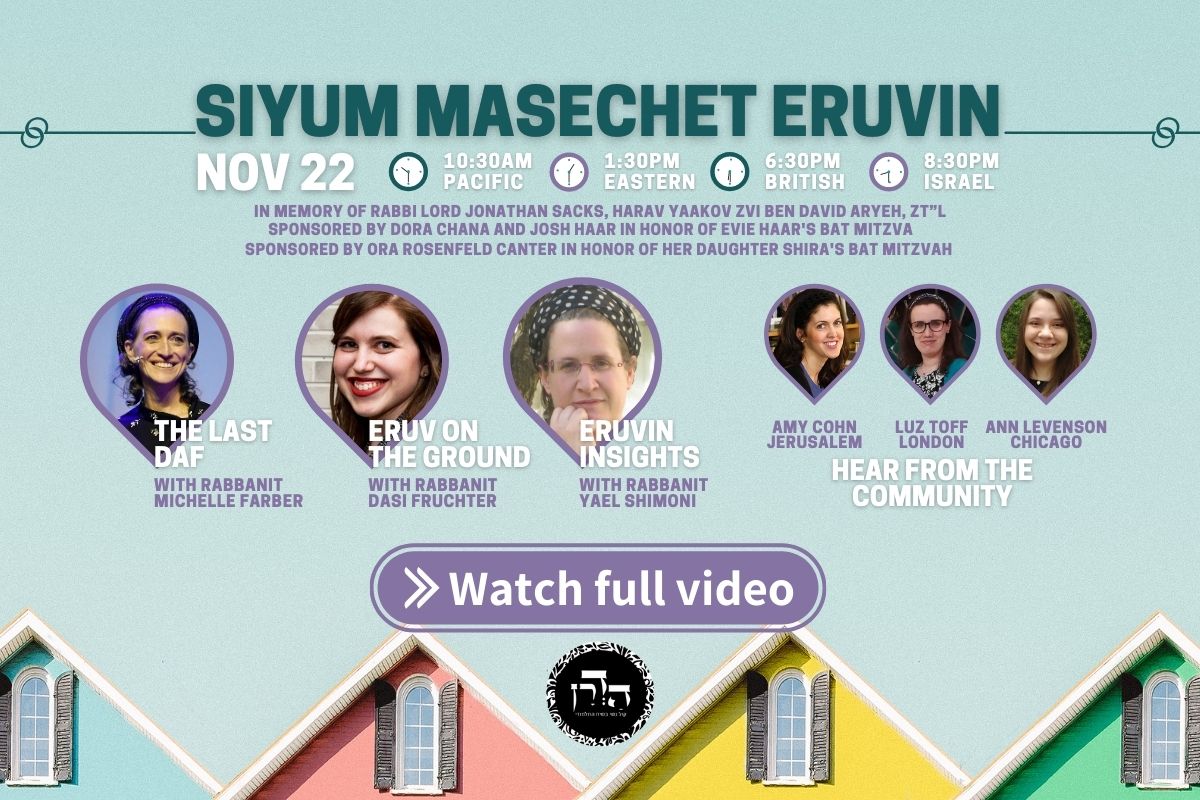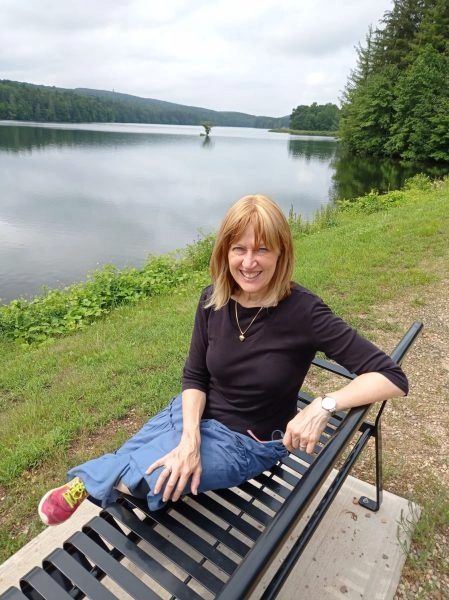Eruvin 105
אָמַר רַבִּי יוֹחָנָן, וּשְׁנֵיהֶם מִקְרָא אֶחָד דָּרְשׁוּ: ״וַיָּבֹאוּ הַכֹּהֲנִים לִפְנִימָה בֵית ה׳ לְטַהֵר וַיּוֹצִיאוּ אֵת כׇּל הַטּוּמְאָה אֲשֶׁר מָצְאוּ בְּהֵיכַל ה׳ לַחֲצַר בֵּית ה׳ וַיְקַבְּלוּ הַלְוִיִּם לְהוֹצִיא לְנַחַל קִדְרוֹן חוּצָה״.
Rabbi Yoḥanan said: Both of them, Rabbi Shimon ben Nannas and Rabbi Akiva, derived their opinions from the same verse: “And the priests went into the inner part of the House of God, to cleanse it, and they brought out all the impurity that they found in the Temple of God into the courtyard of the House of God. And the Levites took it, to carry it out to the brook of Kidron” (II Chronicles 29:16).
מָר סָבַר: מִדְּאִשְׁתַּנִּי בַּעֲזָרָה בִּלְוִיִּם, טוּמְאָה בַּעֲזָרָה לֵיכָּא.
One Sage, Rabbi Shimon Ben Nannas, maintains: As there was a change from the priests who removed the ritual impurity from the inner part of the Temple to the Levites, who took over in the courtyard, this indicates that there is no obligation to remove impurity in the courtyard, and consequently the priests are not required to do so.
וּמָר סָבַר: עַד הֵיכָא דְּלָא אֶפְשָׁר בִּלְוִיִּם, מַפְּקִי כֹּהֲנִים. הַשְׁתָּא דְּאֶפְשָׁר בִּלְוִיִּם, תּוּ לָא מִטַּמְּאִי כֹּהֲנִים.
And one Sage, Rabbi Akiva, maintains: Up to where it is impossible for the task to be performed by the Levites, as it is prohibited for Levites to enter the Sanctuary, the priests took it out. However, now in the courtyard, where it is possible for the ritual impurity to be removed by the Levites, the priests no longer render themselves ritually impure, as they are prohibited from maintaining contact with ritual impurity for any longer than necessary. That is to say, the Levites removed it from any place where they were permitted to enter.
תָּנוּ רַבָּנַן: הַכֹּל נִכְנָסִין בַּהֵיכָל לִבְנוֹת לְתַקֵּן וּלְהוֹצִיא אֶת הַטּוּמְאָה, וּמִצְוָה בְּכֹהֲנִים. אִם אֵין שָׁם כֹּהֲנִים — נִכְנָסִין לְוִיִּם, אֵין שָׁם לְוִיִּם — נִכְנָסִין יִשְׂרְאֵלִים. וְאִידֵּי וְאִידֵּי, טְהוֹרִין — אִין, טְמֵאִין — לָא.
The Sages taught in a baraita: It is permitted for everyone to enter the Sanctuary to build, to repair, or to remove impurity from inside. However, wherever possible, the mitzva is for these tasks to be performed by priests. If no priests are available, Levites enter; if no Levites are available, Israelites enter. In both cases, if they are ritually pure, yes, they may enter, but if they are impure, no, they may not enter the holy place.
אָמַר רַב הוּנָא: רַב כָּהֲנָא מְסַיַּיע כָּהֲנֵי, דְּתָנֵי רַב כָּהֲנָא: מִתּוֹךְ שֶׁנֶּאֱמַר ״אַךְ אֶל הַפָּרוֹכֶת לֹא יָבֹא״, יָכוֹל לֹא יְהוּ כֹּהֲנִים בַּעֲלֵי מוּמִין נִכְנָסִין בֵּין הָאוּלָם וְלַמִּזְבֵּחַ לַעֲשׂוֹת רִיקּוּעֵי פַחִים —
Rav Huna said: Rav Kahana, who was a priest, supports priests by emphasizing their special sanctity. As Rav Kahana taught in a baraita: Since it is stated with regard to a priest who has a physical blemish, “Only he shall not go in unto the veil, nor come near to the altar, because he has a blemish, that he profane not My holy places; for I am the Lord who sanctifies them” (Leviticus 21:23), I might have thought that priests with blemishes may not enter the area between the Entrance Hall and the altar to manufacture beaten plates of gold for the Holy of Holies.
תַּלְמוּד לוֹמַר ״אַךְ״ — חִלֵּק: מִצְוָה בִּתְמִימִים, אֵין שָׁם תְּמִימִים — נִכְנָסִין בַּעֲלֵי מוּמִין. מִצְוָה בִּטְהוֹרִין, אֵין שָׁם טְהוֹרִין — נִכְנָסִין טְמֵאִין. אִידֵּי וְאִידֵּי, כֹּהֲנִים — אִין, יִשְׂרְאֵלִים — לָא.
Therefore, the verse teaches “only” as an expression of exclusion, which means that there is a distinction here: Although the mitzva should be performed with unblemished priests ab initio, if no unblemished priests are available, blemished ones may enter. Likewise, it is the duty of ritually pure priests; if no pure priests are available, impure ones may enter. In both cases, if they are priests, yes, they may enter, but if they are Israelites, no, they may not enter the holy place. According to Rav Kahana, ritually impure priests take precedence over ritually pure Israelites.
אִיבַּעְיָא לְהוּ: טָמֵא וּבַעַל מוּם, אֵיזוֹ מֵהֶן נִכְנָס? רַב חִיָּיא בַּר אָשֵׁי אָמַר רַב: טָמֵא נִכְנָס, דְּהָא אִישְׁתְּרִי בַּעֲבוֹדַת צִיבּוּר. רַבִּי אֶלְעָזָר אוֹמֵר: בַּעַל מוּם נִכְנָס, דְּהָא אִישְׁתְּרִי בַּאֲכִילַת קָדָשִׁים.
A dilemma was raised before the Sages: If one priest is ritually impure and another has a blemish, which of them should enter to perform repairs? Rav Ḥiyya bar Ashi said that Rav said: The impure one should enter, as he is permitted to participate in communal service. If the entire community is ritually impure, even impure priests may perform the service, whereas blemished priests may not serve under any circumstances. Rabbi Elazar says: The one with the blemish should enter, as he is permitted to eat consecrated foods, which indicates that he retains the sanctity of the priesthood despite his blemish. The Gemara leaves this question unresolved.
רַבִּי שִׁמְעוֹן אוֹמֵר וְכוּ׳. רַבִּי שִׁמְעוֹן הֵיכָא קָאֵי? הָתָם קָאֵי, דִּתְנַן: מִי שֶׁהֶחֱשִׁיךְ חוּץ לַתְּחוּם, אֲפִילּוּ אַמָּה אַחַת לֹא יִכָּנֵס. רַבִּי שִׁמְעוֹן אוֹמֵר: אֲפִילּוּ חֲמֵשׁ עֶשְׂרֵה אַמָּה יִכָּנֵס, לְפִי שֶׁאֵין הַמָּשׁוֹחוֹת מְמַצְּעִין אֶת הַמִּדּוֹת מִפְּנֵי הַטּוֹעִים.
We learned in the mishna that Rabbi Shimon says: Wherever the Sages permitted an action to you, they granted you only from your own. The Gemara asks: With regard to Rabbi Shimon, on the basis of what mishna did he formulate this principle? The Gemara answers: He taught this principle on the basis of the mishna there, as we learned: With regard to one for whom it grew dark while he was outside the Shabbat limit, even if he was only one cubit outside the limit he may not enter the town. Rabbi Shimon says: Even if he was fifteen cubits outside the limit, he may enter the town, because when the surveyors mark the Shabbat limit, they do not measure precisely. Rather they position the boundary mark within the two-thousand-cubit limit, because of those who err.
דְּקָאָמַר תַּנָּא קַמָּא לֹא יִכָּנֵס, וַאֲמַר לֵיהּ רַבִּי שִׁמְעוֹן יִכָּנֵס.
With regard to that which the first tanna said, i.e., that he may not enter, Rabbi Shimon said to the tanna: He may enter. His reason, as stated, is that the limit does in fact extend that far, as any area the Sages granted to a person was actually permitted to him by Torah law.
שֶׁלֹּא הִתִּירוּ לָךְ אֶלָּא מִשּׁוּם שְׁבוּת. הֵיכָא קָאֵי? הָתָם קָאֵי, דְּקָאָמַר תַּנָּא קַמָּא — קוֹשְׁרָהּ. וַאֲמַר לֵיהּ רַבִּי שִׁמְעוֹן — עוֹנְבָהּ.
Rabbi Shimon further said: As they permitted to you only activities prohibited due to rabbinic decree, but not actions prohibited by Torah law. The Gemara asks: On the basis of what teaching did he formulate this principle? The Gemara answers: He taught it on the basis of the mishna there, where the first tanna said with regard to a harp string in the Temple that broke on Shabbat, that one may tie it with a knot, and Rabbi Shimon said: He may form only a bow.
עֲנִיבָה, דְּלָא אָתֵי לִידֵי חִיּוּב חַטָּאת — שָׁרוּ לֵיהּ רַבָּנַן. קְשִׁירָה, דְּאָתֵי לִידֵי חִיּוּב חַטָּאת — לָא שָׁרוּ לֵיהּ רַבָּנַן.
The reason why only forming a bow is permitted, is that it cannot lead to liability for a sin-offering, as forming a bow cannot constitute a violation of the category of the prohibited labor of tying. Consequently, the Sages permitted it. However, with regard to tying a knot, which can lead to liability for a sin-offering when performed outside the Temple, the Sages did not permit it, as Rabbi Shimon maintains that the Sages permitted only activities whose prohibition involves a rabbinic decree.
הַדְרָן עֲלָךְ הַמּוֹצֵא תְּפִילִּין וּסְלִיקָא לָהּ מַסֶּכֶת עֵירוּבִין

























